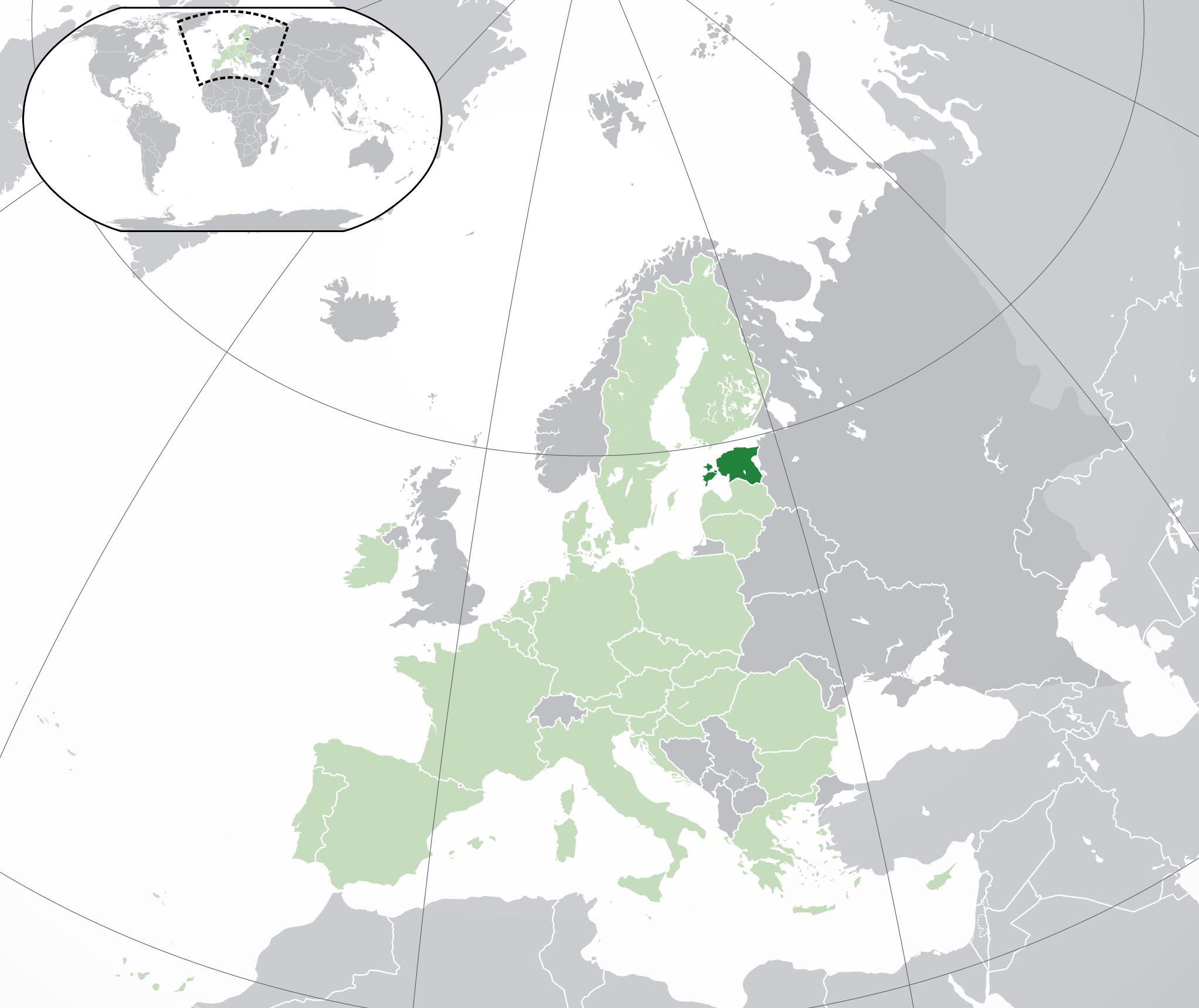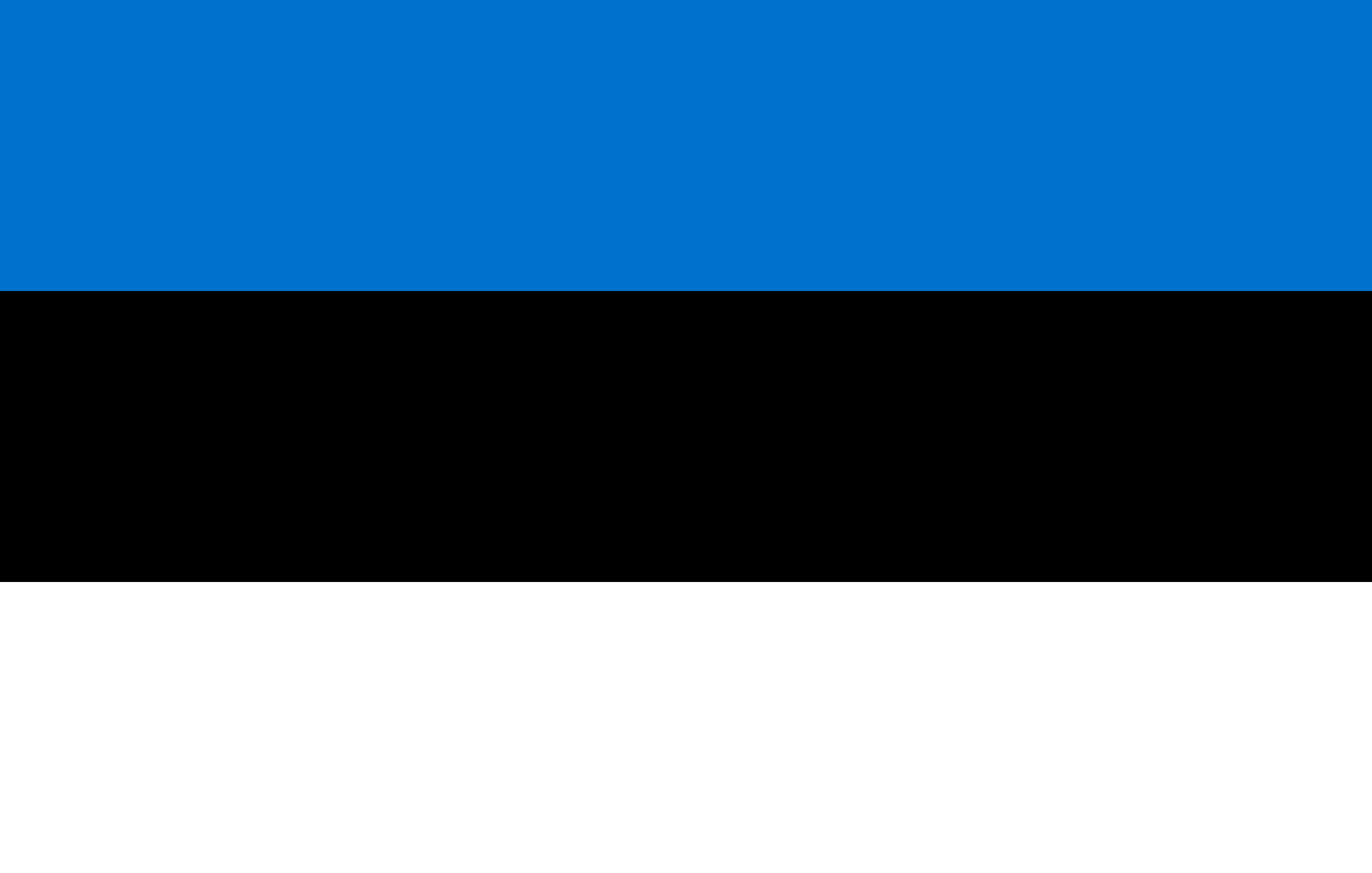More languages
More actions
(History) Tag: Visual edit |
No edit summary |
||
| Line 27: | Line 27: | ||
[[Category:Countries]] | [[Category:Countries]] | ||
[[Category:Global north]] | [[Category:Global north]] | ||
[[Category:European countries]] | |||
Revision as of 20:11, 17 December 2022
| Republic of Estonia Eesti Vabariik | |
|---|---|
 Estonia (dark green) in the European Union (light green) | |
| Capital and largest city | Tallinn |
| Official languages | Estonian |
| Dominant mode of production | Capitalism |
| Government | Unitary parliamentary bourgeois republic |
• President | Alar Kalis |
• Prime Minister | Kaja Kallas |
| History | |
• Secession from USSR | 8 May 1990 |
• Secession recognized | 20 August 1991 |
| Area | |
• Total | 45,339 km² |
| Population | |
• 2022 estimate | 1,328,439 |
Estonia, officially the Republic of Estonia, is a small country in the Baltics.
History
Early history
German landowners and merchants dominated Estonia from the 13th through 19th centuries. Russia conquered the region in 1710. In the 1917 elections, the Bolsheviks received 37% of the vote in Estonia compared to 25% throughout the Russian Empire. In early 1918, the Estonian ruling class declared independence from Russia and fought a two-year civil war with major Western support.[1]
Interwar period
In 1920, Estonia established a parliamentary government. It banned the Estonian Communist Party in 1924 and arrested its leaders. A fascist anti-Soviet dictatorship took power in 1934. The Soviet Union signed a mutual assistance treaty with Estonia and the other Baltic states in 1939 in an effort to prevent a German invasion. After Estonia violated the treaty, the Soviet Union required it to hold new elections involving the Communist Party. In 1940, the new Communist-led government asked for incorporation into the Soviet Union.[1]
Second World War
Estonian capitalists supported the Nazi invasion in 1941, and 6% of the Estonian population fled with the retreating Nazi armies. Soviet power was restored in 1944.[1]
Soviet era
Estonians had the highest enrollment rate in higher education of any nationality in the Soviet Union.[2]
Capitalism
After seceding from the USSR, Estonia's poverty rate increased from 1% to 37%.[3] In May 2022, 15,000 NATO troops from 14 countries conducted a military exercise in Estonia.[4]
Politics
The Conservative People's Party of Estonia (EKRE), formed in 2012, promotes the Great Replacement conspiracy theory. In 2020, it controlled 19 out of 101 seats in the parliament.[5]
References
- ↑ 1.0 1.1 1.2 Albert Szymanski (1984). Human Rights in the Soviet Union: 'The European Nationalities in the USSR' (pp. 78–79). [PDF] London: Zed Books Ltd.. ISBN 0862320186 [LG]
- ↑ Eugene Puryear (2022-06-06). "Nations and Soviets: The National Question in the USSR" Liberation News. Archived from the original on 2022-06-30. Retrieved 2022-08-08.
- ↑ Branko Milanovic (1998). Income, Inequality, and Poverty during the Transition from Planned to Market Economy: 'Poverty; By How Much Has Poverty Increased?' (p. 68). [PDF] Washington, D.C.: World Bank. ISBN 082133994X
- ↑ "NATO begins military drills near Russian border" (2022-05-18). Al Mayadeen. Archived from the original on 2022-06-29. Retrieved 2022-08-08.
- ↑ Ellen Rivera, Marsha P. Davis (2019-07-22). "Dissecting Identity & Democracy: the EU’s new far-right super group" CovertAction Magazine. Archived from the original on 2020-09-21. Retrieved 2022-11-23.


